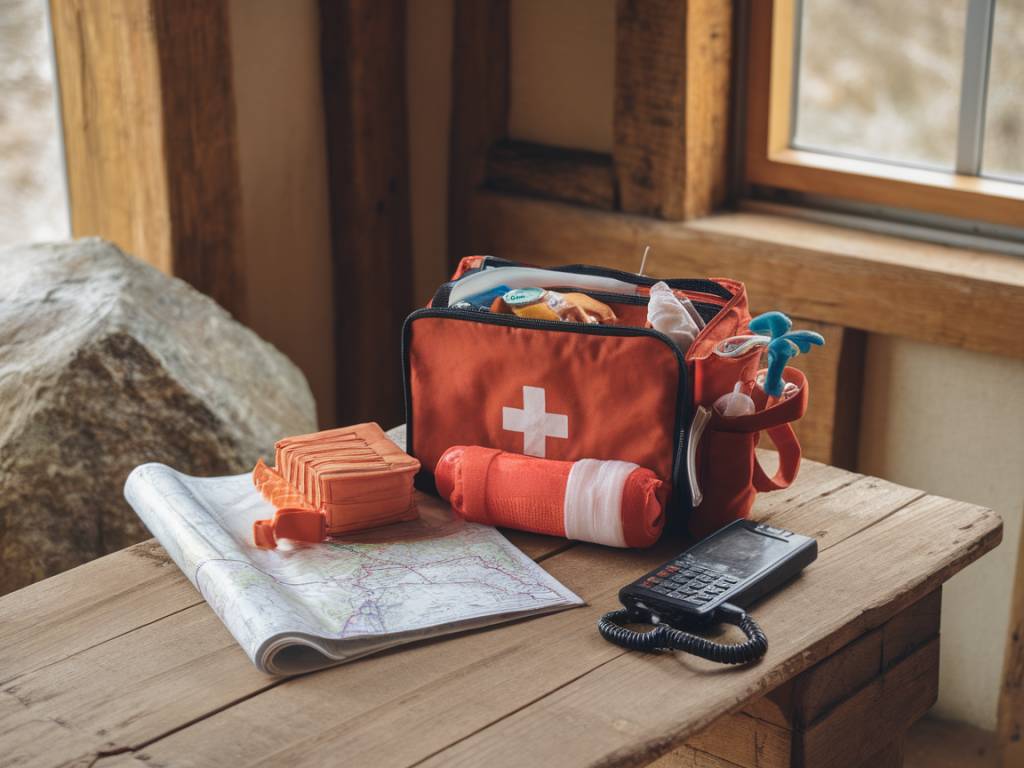
How to handle emergencies in remote locations
Travelling to remote locations can be an exhilarating experience, offering a unique perspective on untouched landscapes and providing an escape from the modern world. However, these adventures come with their own set of challenges, particularly when it comes to handling emergencies. Being far from medical facilities and assistance means that preparation and knowledge are key. In this article, I’ll walk you through essential tips and strategies to handle emergencies in remote locations effectively.
Preparing Before the Journey
Preparation is crucial when traveling to remote locations. The remoteness and isolation that make these places beautiful also mean that help can be hours or even days away. Therefore, the first step to handling emergencies is to be well-prepared before you set out.
Start by researching the area you plan to visit. Learn about the climate, terrain, local wildlife, and any potential hazards specific to the location. Having a good understanding of these factors can help you anticipate and mitigate risks.
Next, create a detailed itinerary and share it with someone you trust. This should include your travel dates, the specific places you plan to visit, and when you expect to return or check in. This way, if something goes wrong, someone will know when and where to look for you.
Equipping yourself with the right gear is also essential. At a minimum, you should have a well-stocked first aid kit, extra food and water, a reliable GPS device, and a communication device such as a satellite phone or an emergency beacon.
First Aid Essentials
No matter where you’re traveling, having a comprehensive first aid kit and knowing how to use it is indispensable. In remote locations, this becomes even more critical. Your first aid kit should include the following:
- Basic medical supplies: bandages, adhesive tape, antiseptic wipes, gauze pads, scissors, and tweezers.
- Medications: pain relievers, antihistamines, anti-diarrheal tablets, and any personal prescription medications.
- Tools: a thermometer, a CPR mask, and a splint.
- Instruction manual: a guide that provides instructions on how to use the items in your first aid kit.
Before setting out, take the time to familiarize yourself with the contents of your first aid kit and read up on basic first aid procedures. Several organizations offer wilderness first aid courses, which can be tremendously helpful for handling emergencies in remote areas.
Maintaining Communication
Communication is a lifeline in emergencies, especially in remote areas where you may be far from help. While mobile phones are convenient, they are often not reliable in remote locations due to lack of coverage. Therefore, consider investing in a satellite phone or a personal locator beacon (PLB).
Satellite phones provide a way to contact emergency services, family, or friends when you’re far from cellular networks. They can be pricey, but they can be a lifesaver in emergencies.
Personal locator beacons (PLBs) are another excellent option. These devices send your location to emergency services when activated, ensuring that help can find you even if you can’t communicate directly.
Navigation and Staying Found
Getting lost is one of the most common emergencies in remote locations. Proper navigation skills and equipment can prevent this from happening.
Always carry a reliable map and compass, even if you have a GPS device. While GPS can be incredibly accurate, it can fail or run out of battery, leaving you stranded without a backup plan. Familiarize yourself with reading maps and using a compass before your trip.
If you do get lost, stay calm and avoid moving until you have a plan. Use the STOP principle: Sit, Think, Observe, and Plan. This method helps you stay collected and make informed decisions to improve your chances of being found or finding your way back.
Managing Food and Water Supplies
Running out of food or water can quickly turn a remote adventure into a crisis. Always carry more food and water than you think you’ll need. Dehydration can be particularly dangerous, as it can lead to severe health issues quickly.
If you find yourself running low on water, knowing how to find and purify natural water is crucial. Carry a portable water filter or water purification tablets, and learn how to recognize natural water sources. Avoid drinking untreated water from streams or lakes, as it can contain harmful bacteria or parasites.
In terms of food, pack high-energy, non-perishable items such as nuts, dried fruits, and energy bars. These items are lightweight, compact, and provide the energy you need for extended physical activity.
Handling Medical Emergencies
Medical emergencies in remote locations require quick thinking and a calm demeanor. While each situation is unique, some general guidelines can help manage the most common medical emergencies.
For injuries like cuts and fractures, first focus on stopping any bleeding and immobilizing the injured area. Clean wounds thoroughly to prevent infection, and use bandages and splints to protect and support the injury.
If someone in your group is experiencing symptoms of a serious condition such as a heart attack or severe allergic reaction, your priority should be to stabilize them as best as possible and seek immediate help. This is where your satellite phone or PLB becomes invaluable.
Understanding symptoms of common ailments such as heatstroke, hypothermia, and altitude sickness is also vital. Each of these conditions requires prompt action to prevent serious harm. Recognize the signs and know the steps to alleviate and manage these conditions.
Dealing with Wildlife Encounters
Remote locations often mean more encounters with wildlife. While most animals prefer to avoid humans, it’s essential to know how to handle unexpected encounters safely.
Research the wildlife in the area you’re visiting. Know which animals to expect and understand their behavior. For example, in bear country, making noise as you hike can alert bears to your presence and reduce the chance of surprising them.
Carry bear spray or other animal deterrents if you’re in an area known for dangerous wildlife. However, always remember that these are last-resort measures. The best approach is to act calmly and give the animal space to move away.
Psychological Preparedness
Mental preparedness is as important as physical readiness. Facing an emergency in a remote location can be stressful and frightening, which can lead to poor decision-making.
One of the best ways to mentally prepare is through scenario planning. Imagine different emergency situations and think through your responses. This mental practice can make you more confident and decisive if an actual emergency arises.
Additionally, maintaining a positive and calm mindset can significantly influence your survival. Stress and panic can incapacitate you, making it harder to think clearly and take necessary actions. Techniques such as deep breathing, mindfulness, and even simple distractions like a calming activity can help manage stress levels during an emergency.
Field Repair Skills
In remote locations, equipment failures can be as dire as medical emergencies. Knowing basic field repair skills can save your trip and, in some cases, your life.
Carry a small repair kit that includes multipurpose tools, duct tape, zip ties, sewing needles, and durable thread. These items can help you make quick fixes to gear such as tents, backpacks, and clothing.
Before your trip, familiarize yourself with common equipment problems and how to resolve them. For example, knowing how to patch a hole in a sleeping pad or mend a tear in your tent can make the difference between a manageable inconvenience and a major problem.
Capturing Location Details and Reporting
If you find yourself in an emergency, capturing detailed information about your location and the situation can be crucial. Use your GPS device or smartphone (if it has battery and signal) to note your exact coordinates. Sometimes, taking photos can also provide valuable contextual information.
When you report your situation to emergency services, whether via a satellite phone or PLB, provide as much detail as possible. This includes your location, the nature of the emergency, the number of people involved, and any immediate needs. Clear and precise information can expedite rescue efforts and ensure you get the help you need.
Remote travel offers unparalleled experiences, but it’s essential to respect the inherent risks. By preparing adequately and equipping yourself with the necessary knowledge and tools, you can handle emergencies effectively and enjoy your adventure to the fullest.
Remember, the key to surviving emergencies in remote locations is preparation, awareness, and response. With these principles in mind, you can mitigate risks and ensure a safe and memorable journey.

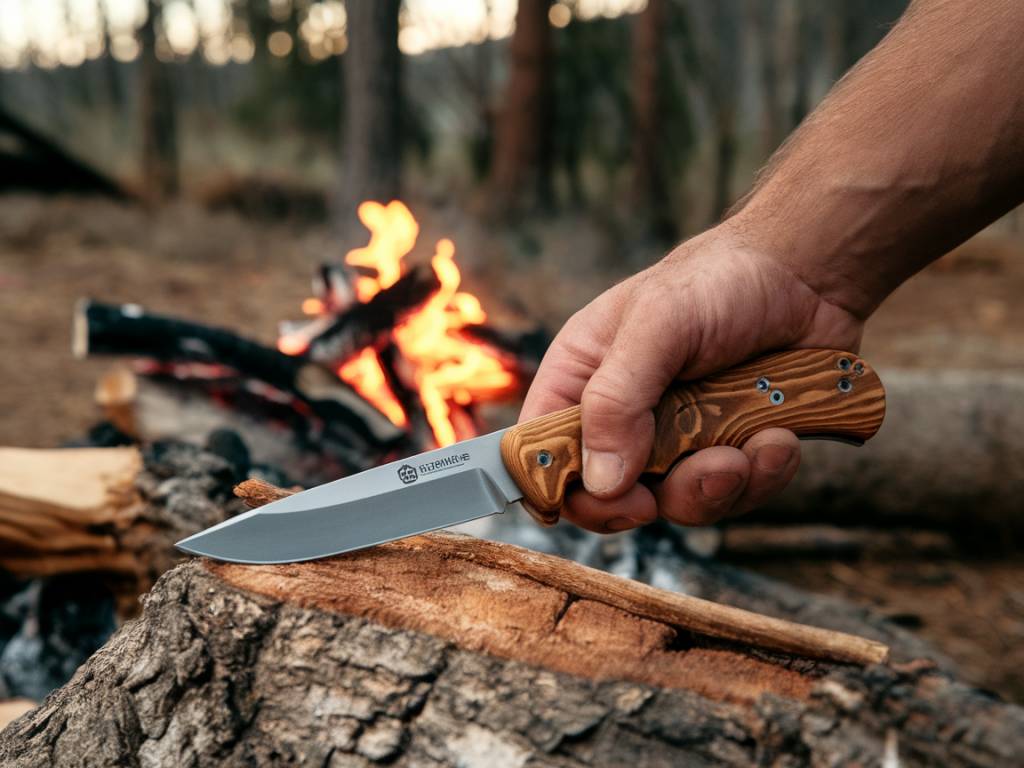 Best survival knives for outdoor adventures
Best survival knives for outdoor adventures 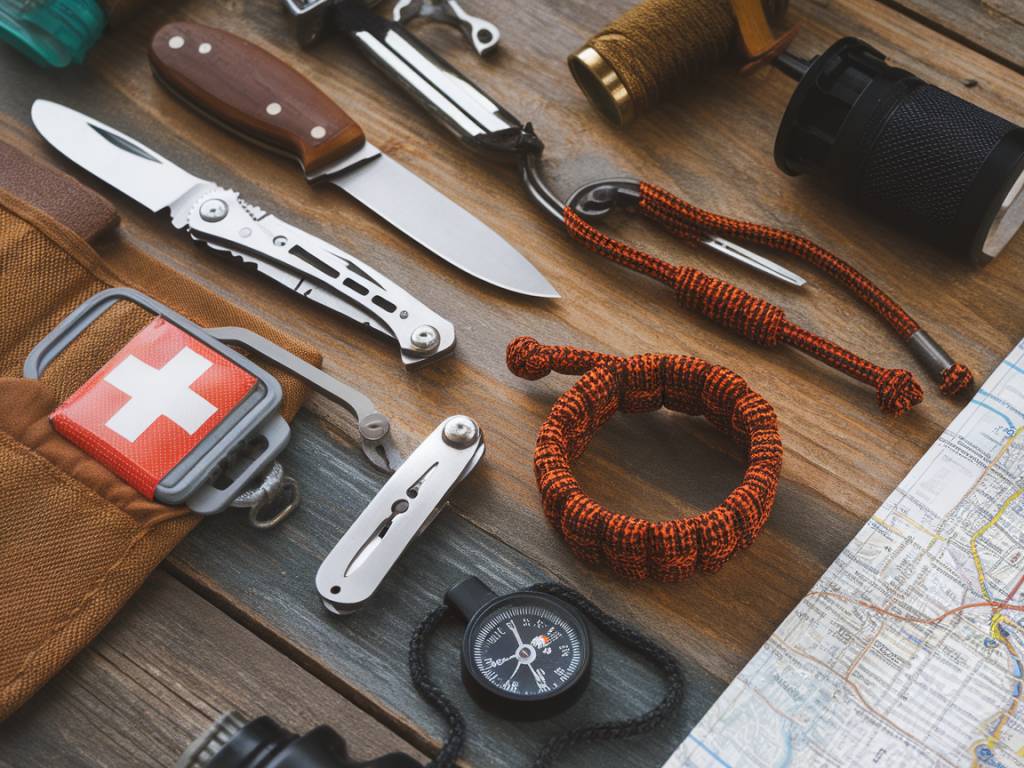 10 must-have survival tools for any adventure
10 must-have survival tools for any adventure  Wild foraging: identifying edible plants in the wilderness
Wild foraging: identifying edible plants in the wilderness 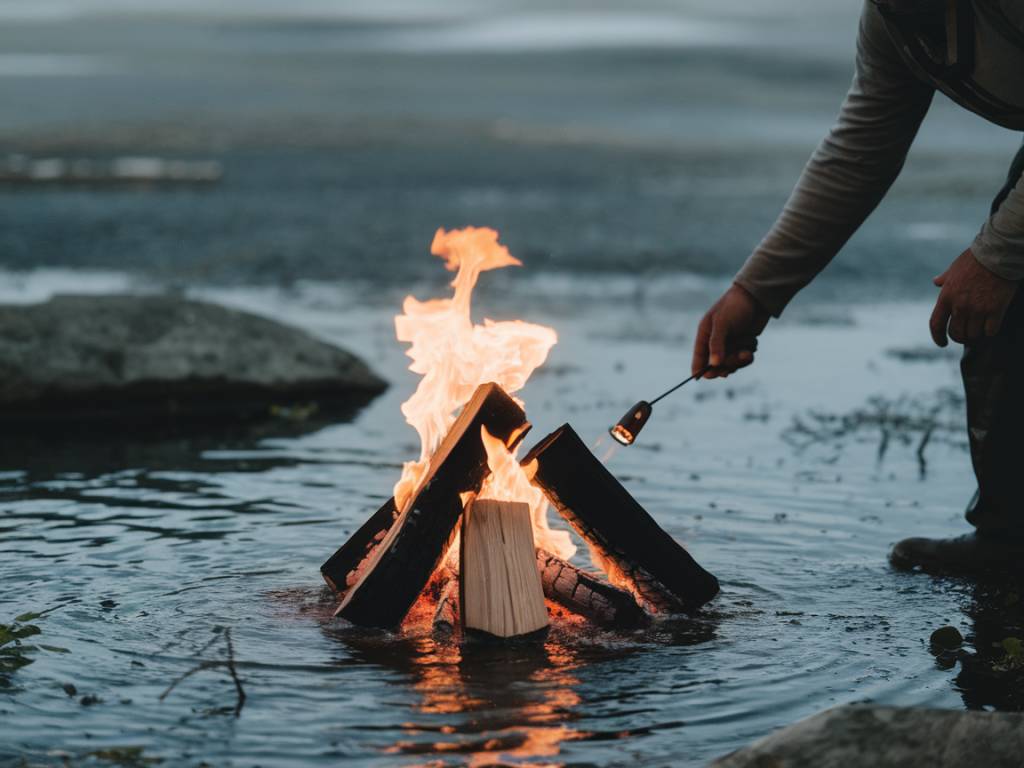 How to make a fire in any weather conditions
How to make a fire in any weather conditions 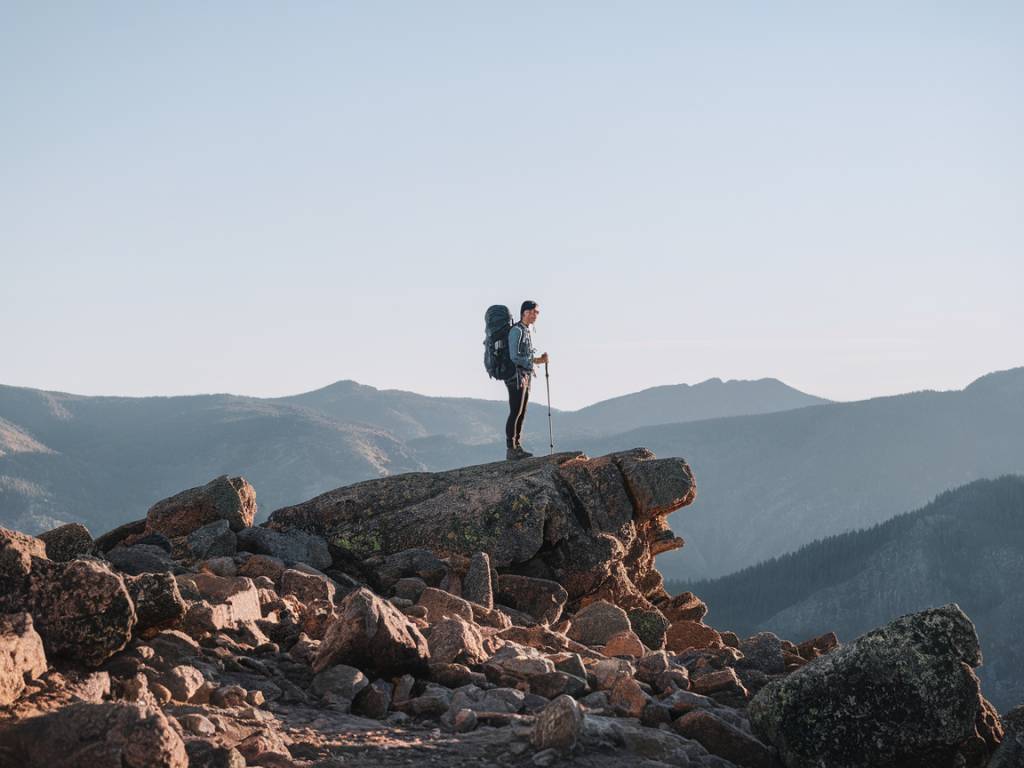 How to stay safe while solo hiking in remote areas
How to stay safe while solo hiking in remote areas 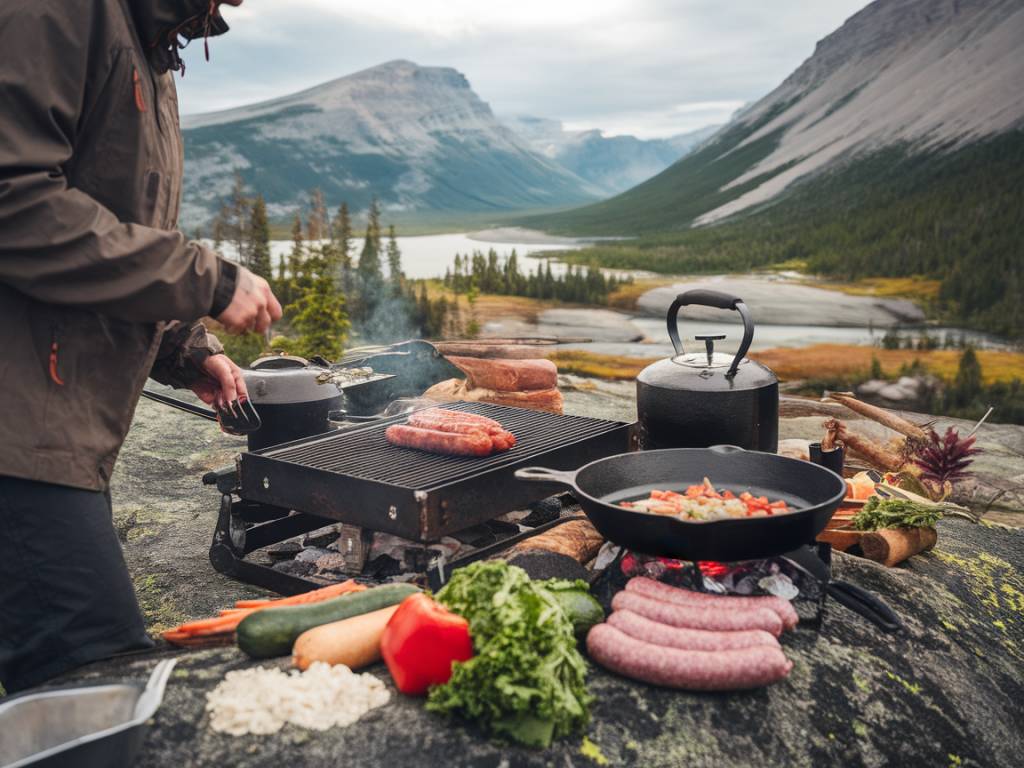 Best off-grid cooking equipment for adventure trips
Best off-grid cooking equipment for adventure trips  Best African safari destinations: top 5 experiences in Africa
Best African safari destinations: top 5 experiences in Africa 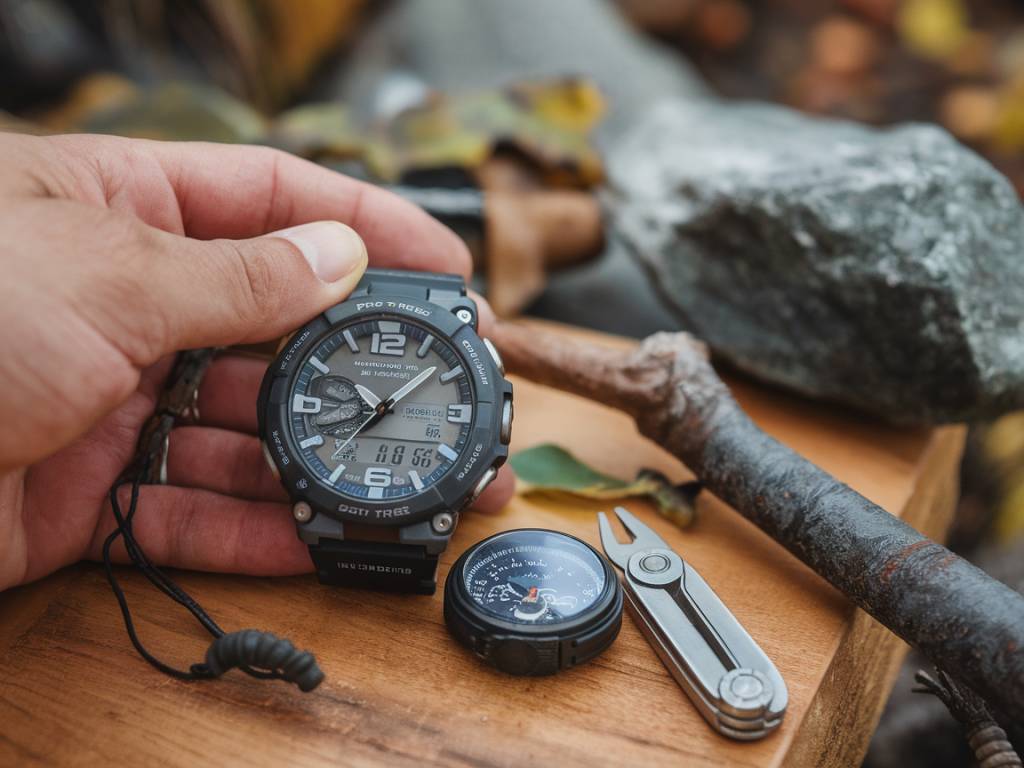 Top 5 adventure watches with gps and survival features
Top 5 adventure watches with gps and survival features 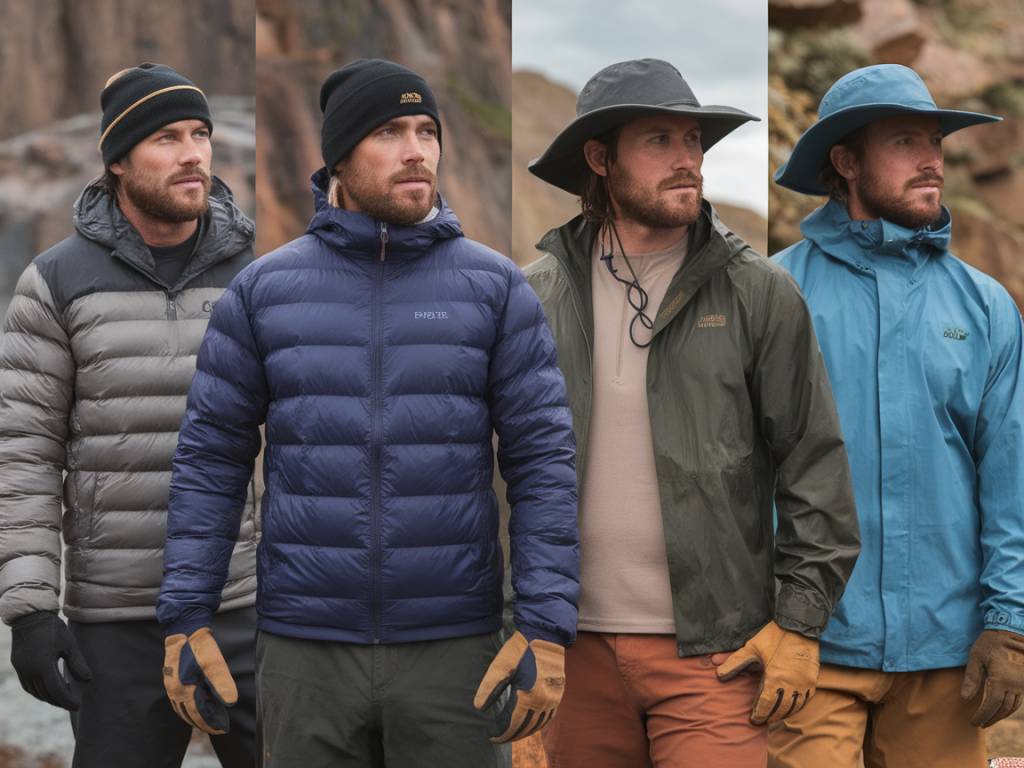 How to choose the right adventure clothing for every climate
How to choose the right adventure clothing for every climate